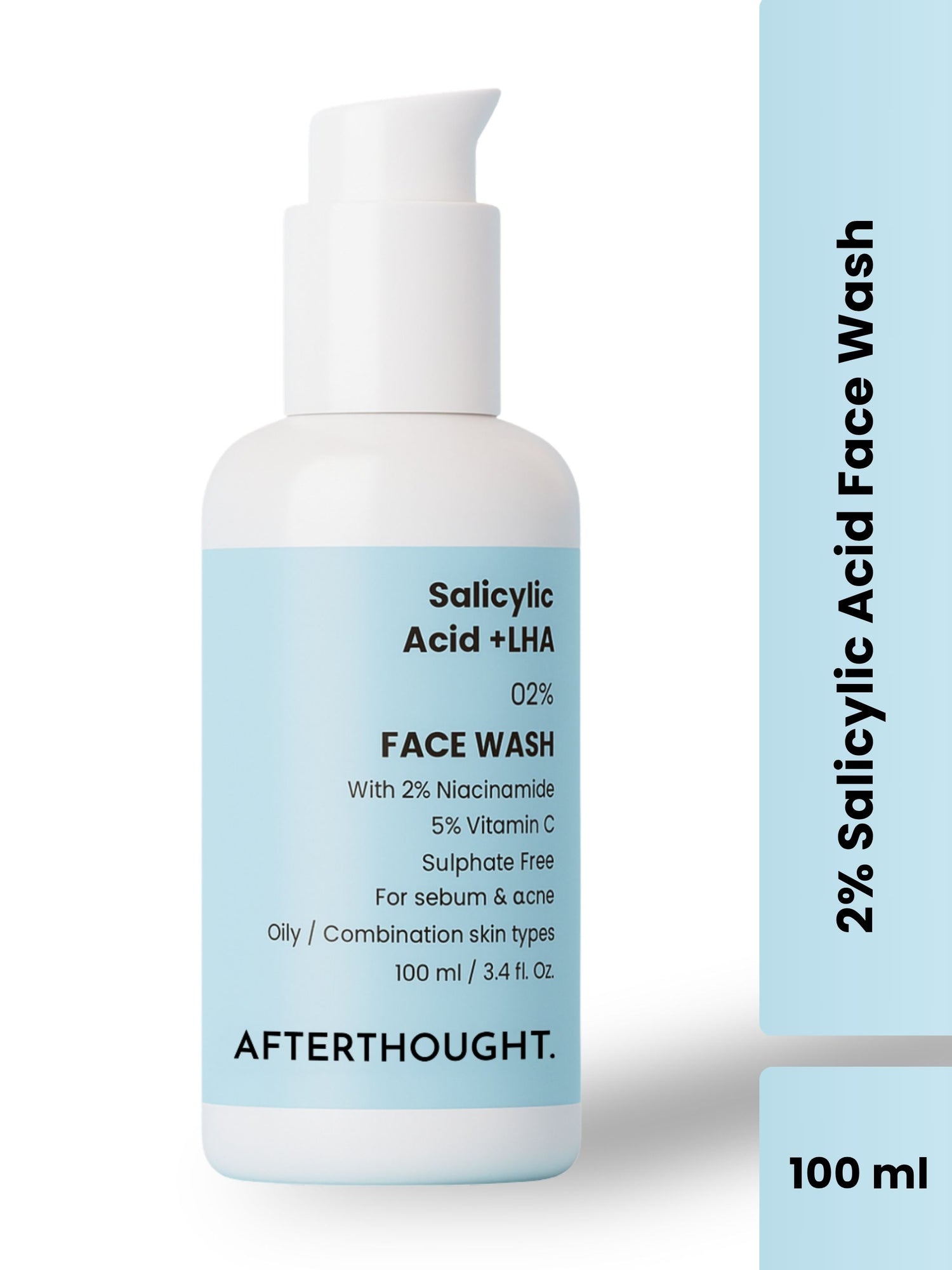What Are The Side Effects of Hair Serum?
Afterthought IndiaHair serum is a silicone-based product designed to coat the surface of the hair, providing a protective layer that helps to reduce frizz, add shine, and make hair more manageable.
Unlike oils, which penetrate the hair shaft to nourish it from within, serums work on the surface, making them ideal for addressing external hair issues.
Common Ingredients in Hair Serum
The ingredients in hair serum typically include silicone derivatives such as dimethicone, cyclomethicone, and phenyl trimethicone. These ingredients are responsible for the smoothing and protective properties of the serum.
Some serums may also contain additional ingredients like essential oils, vitamins, and natural extracts that offer various benefits, such as hydration and nourishment.
Potential Side Effects of Hair Serum
While hair serums offer numerous benefits, they can also cause certain side effects, especially if used incorrectly or excessively. Below are some of the common side effects associated with hair serum use:
1. Build-Up and Residue
What It Is: One of the most common issues with hair serum is product build-up. Because serums are silicone-based, they do not easily wash out with water. Over time, repeated application without thorough cleansing can lead to a layer of residue on the hair.
Consequences: This build-up can make the hair appear greasy, weigh it down, and even block the scalp's natural oils from reaching the hair shaft, leading to dryness and brittleness.
2. Scalp Irritation
What It Is: Hair serums are designed for the hair, not the scalp. However, some users may inadvertently apply the serum too close to the scalp, leading to irritation.
Consequences: This can result in redness, itching, and in severe cases, allergic reactions. If the serum contains strong fragrances or alcohol, these ingredients can exacerbate the irritation.
3. Hair Dryness
What It Is: Although hair serums are marketed as moisturizing, the silicone in the product can sometimes have the opposite effect.
Consequences: The protective layer created by the silicone can prevent moisture from penetrating the hair shaft, leading to dryness over time. This is particularly problematic for those with naturally dry or curly hair, as it can make the hair more prone to breakage.
4. Hair Loss
What It Is: In some cases, the chemicals in hair serum can cause hair loss, particularly if the product is used excessively or left in the hair for extended periods.
Consequences: This can happen due to the weight of the serum on the hair, which weakens the hair follicles, or as a result of clogged pores on the scalp that impede hair growth.
5. Allergic Reactions
What It Is: Some individuals may experience allergic reactions to certain ingredients in hair serums, such as preservatives, fragrances, or silicones.
Consequences: Symptoms of an allergic reaction can include itching, redness, swelling, and in some cases, hives or dermatitis. If you experience any of these symptoms, it is essential to discontinue use immediately and consult a healthcare professional.
6. Greasy Appearance
What It Is: If too much serum is applied, or if the product is not suited for your hair type, it can leave the hair looking greasy rather than sleek and shiny.
Consequences: This can be especially problematic for individuals with fine or oily hair, as the serum can weigh down the hair and make it appear limp and greasy.
How to Minimize the Side Effects
To enjoy the benefits of hair serum while minimizing potential side effects, consider the following tips:
- Use Sparingly: A little serum goes a long way. Start with a small amount, and only add more if necessary.
- Apply Correctly: Focus on the ends and mid-lengths of your hair, avoiding the scalp to prevent irritation and build-up.
- Choose the Right Product: Select a serum that is suitable for your hair type. For example, if you have fine hair, opt for a lightweight formula.
- Wash Hair Regularly: Ensure that you thoroughly cleanse your hair to remove any product build-up. A clarifying shampoo can be particularly effective for this purpose.
- Patch Test: Before using a new serum, perform a patch test to check for any allergic reactions. Apply a small amount of the product to your forearm and wait 24 hours to see if any irritation occurs.
Conclusion
While hair serums can be a great tool for achieving smooth, shiny hair, it’s essential to be aware of the potential side effects and use the product wisely.
By understanding how to use hair serum correctly and choosing the right product for your hair type, you can enjoy the benefits without compromising the health of your hair and scalp.
Always be mindful of your hair's response to the serum, and adjust your usage accordingly to maintain healthy, beautiful hair.
Also Read: Do Hair Serums Work For Hair Growth?

